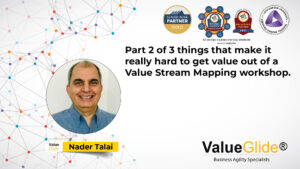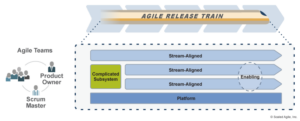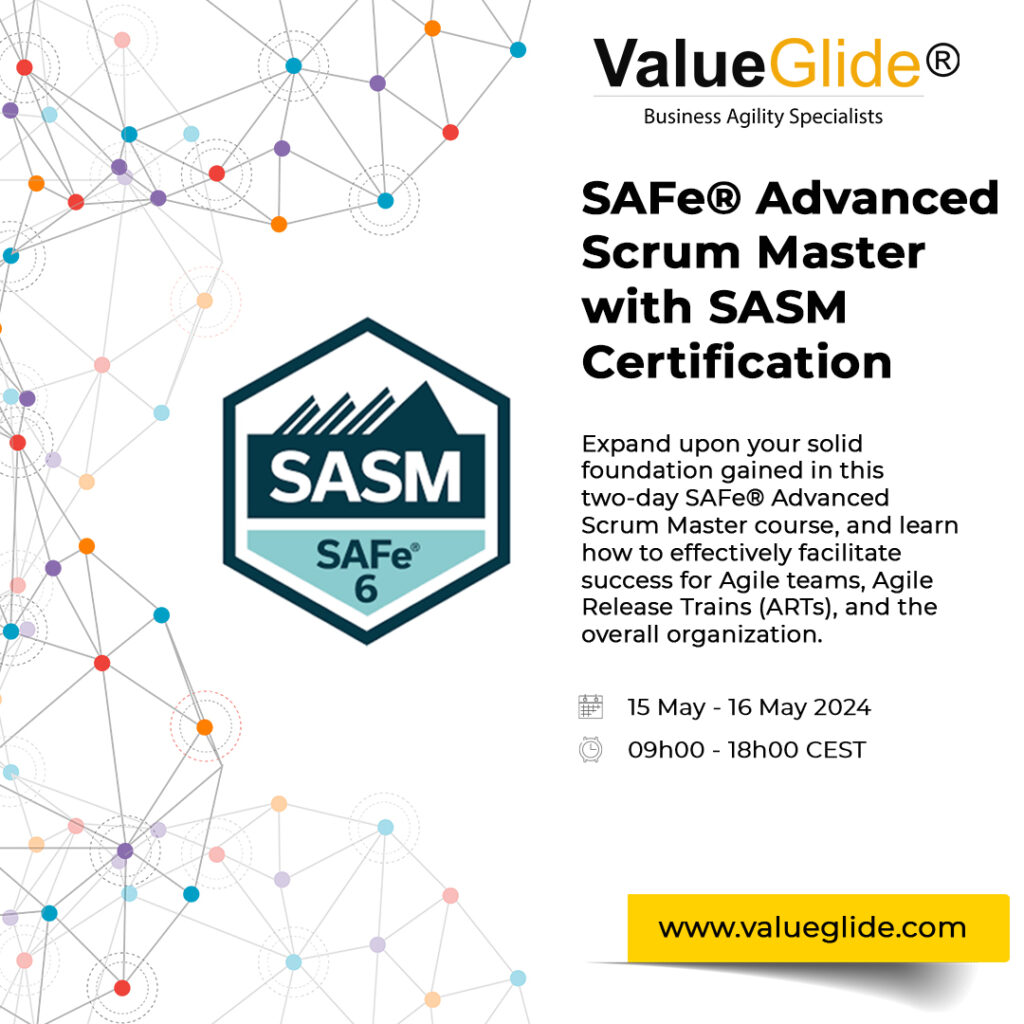How Does SAFe Handle Continuous Integration and Deployment?
When talking about SAFe, Continuous Integration as the name suggests refers to continual integration of work that a team is doing at multiple intervals of the day. This means that before the end of each interation, there should be a fully integrated solution. So if you are doing integration once a week or even once every two weeks, then you are probably starting your journey on Continuous Integration and will need to improve your Continuous Delivery Pipeline.
By implementing continuous integration into your product development process, you are ensuring that your product not only meets its basic requirements, but also that you are constantly adapting and inspecting its quality along the way, making necessary adjustments and revisions where you see the fit. And the result? A high-quality and reliable product outcome.
Now let’s break it down further.
What Is The Purpose of Continuous Integration and Deployment in SAfe?
Continuous integration is a critical technical practice in SAFe, and involves integrating changes across multiple teams and team members, several times a day. This sometimes gets mixed up with Continuous Deployment when in actuality they are two separate processes.
In Continuous Integration, we:
🚀 Ensure that changes do not conflict or break existing codebase.
🚀 Create a more stable and consistent development environment.
Whereas, in Continuous Deployment, we:
🚀 Automate the migration of new functionality from Stage to Production.
🚀 Make new functionalities available for release.
🚀 Ensure more frequent and faster releases of new features and functionality.
🚀 Reduce delivery time to end users.
Through Continuous Integration and Continuous Deployment, We Can:
🚀 Achieve greater collaboration among teams.
🚀 Reduce integration problems or errors.
🚀 Increase feedback cycles.
🚀 Improve efficiency in delivering value to customers.
All of this ensures an effective Continuous Delivery Pipeline that will happen at the Agile Release Train, so that at any given time, we have an end-to-end working solution.
Now of course to do all of this, we need to invest in Automation Testing or otherwise known as Test Driven Development. This is good software development practices that form Extreme Programming and require that we have these built into the different ways that we are working.
Continuous Integration and Deployment therefore requires detaching deployment to the Staging Environment (production-like environment). Which is easy to say but for this to happen, our solution needs to be architected in a way that those features are going to be released to production and not made visible to the users. There are various techniques to implement this, but you are continually deploying solutions and so when you do reach the demo stage, you have a fully integrated demo product to present in the Agile Release Train.
The next step then is to present this to the Stakeholders and have them review it. At this point we can confidently know that it has passed quality control because all the testing was done through Continuous Integration and Deployment, during Automation Testing.
And so once we get the thumbs up from all the Stakeholders, we can release the features.
In order for us to release these features into Safe Release, we need not only assess its technical requirements, but also:
🚀 Whether we need it based on customer need.
🚀 Whether it meets the Organisation’s needs or market demand.
Continuous Integration and Continuous Deployment can thus be looked at as a method for ensuring that product development is safeguarded across all stages, and that there is a continual effort to develop a high-quality and market-competitive product.
Interested to learn more about how Continuous Integration and Deployment can help you and your organisation?
At Value Glide, through the application of SAFe (Scaled Agile Framework), we are able to offer agile consulting, agile coaching, and agile training specialists who work with organisations to align business objectives with customer needs and wants.
As deeply experienced agile coaches and practitioners, our team is invested in continuous learning through each client engagement and uses the data and evidence we gather from each implementation to inform our training, coaching, and consulting services.
In a nutshell, empirical process control or empiricism.
If you are thinking of adopting agile within your organisation and have identified SAFe as a great agile framework to adopt, implement and improve your business agility, visit our SAFe Quickstart ART Launch program page or view our SAFe Consulting Services page.
If you have identified a need for an agile coach and SAFe coach to help your organisation adopt and implement SAFe, visit our SAFe Coaching Services page. We are committed to equipping organisations with the tools and knowledge to thrive in this ever-changing digital age, and achieve business agility through the Scaled Agile Framework.
Sounds good to you? Then sign-up today, and learn more about this transformation and revolutionary framework that is changing the game in the world of Agile. It is truly remarkable what can be done when we put our heads together and decide to work as one.
If you want to know more about SAFe and how to lead SAFe, visit our SAFE Training page for a host of options, from Leading SAFe to a SAFe Release Train Engineer course.
#SAFe #scaledagileframework #scalingagile #agile #agileframework #agilecoach












